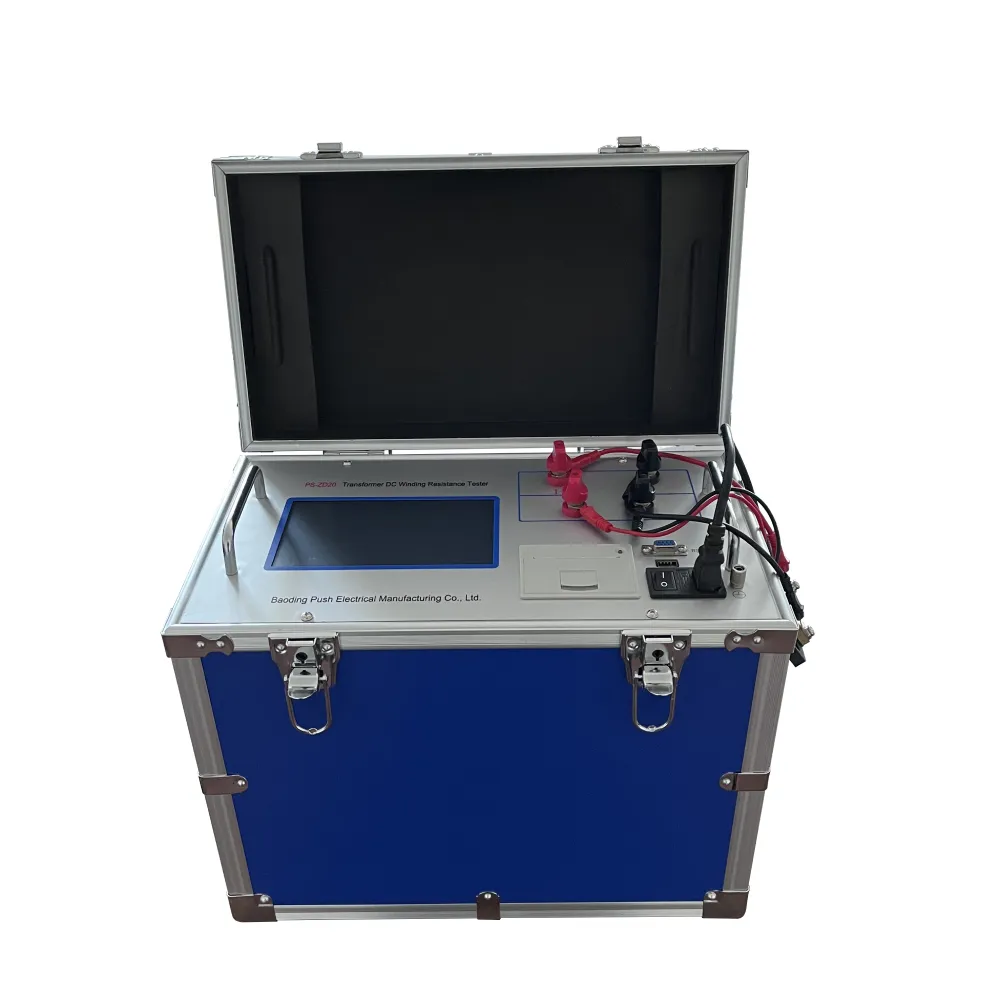 English
English


the dielectric strength of transformer oil is
Understanding the Dielectric Strength of Transformer Oil
Transformer oil, also known as insulating oil, plays a crucial role in the operation of electrical transformers. One of its most vital properties is its dielectric strength. Dielectric strength refers to the maximum electric field that a material can withstand without breaking down and becoming conductive. For transformer oil, a high dielectric strength is essential to prevent electrical discharges, ensure safe operation, and maintain the efficiency of electrical systems.
The dielectric strength of transformer oil is influenced by several factors, including moisture content, temperature, and the presence of impurities. Pure transformer oil typically has a dielectric strength of around 30 kV per millimeter (kV/mm). However, this value can significantly decrease in the presence of contaminants such as water or particles, which can lead to unwanted electrical breakdowns.
Moisture is particularly detrimental to dielectric strength. Water can enter the oil through various means, including leaks in the transformer casing or as a byproduct of aging insulation materials. Even a small amount of moisture can severely diminish the oil's insulating properties, leading to increased risk of electrical failures, overheating, and ultimately, transformer outages.
the dielectric strength of transformer oil is

Temperature also plays a critical role. As the temperature of transformer oil increases, its viscosity decreases, which may influence the distribution of electric fields within the oil. While higher temperatures can lead to decreased dielectric strength, they can also accelerate the aging process of the oil. Regular monitoring of both temperature and dielectric strength is essential for maintaining the reliability and safety of transformer systems.
Testing the dielectric strength of transformer oil is a routine practice carried out during maintenance. The tests typically involve placing the oil between two electrodes and gradually increasing the voltage until breakdown occurs. This process allows engineers to determine whether the oil meets the required standards for safe operation. If the dielectric strength is found to be below acceptable levels, the oil must be treated or replaced to ensure the longevity and efficiency of the transformer.
In conclusion, the dielectric strength of transformer oil is a key indicator of its effectiveness as an insulating medium. Understanding and monitoring this property is vital for the safe operation of transformers, which are critical components in electrical distribution systems. Regular testing and maintenance can mitigate risks associated with electrical failures and ensure that transformers continue to operate efficiently over their lifespan.
-
Differences between open cup flash point tester and closed cup flash point testerNewsOct.31,2024
-
The Reliable Load Tap ChangerNewsOct.23,2024
-
The Essential Guide to Hipot TestersNewsOct.23,2024
-
The Digital Insulation TesterNewsOct.23,2024
-
The Best Earth Loop Impedance Tester for SaleNewsOct.23,2024
-
Tan Delta Tester--The Essential Tool for Electrical Insulation TestingNewsOct.23,2024





